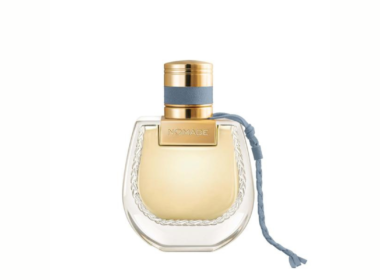We decide to choose the art we eventually buy for different reasons. Sometimes we connect with them, and other times we buy just for the beauty and the potential market value. If it’s worth buying, then it’s worth keeping, don’t you think? Great Investment! Good choice. You’ve bought that piece of art, and now you have to keep it in good condition.
The great Mona Lisa is over five hundred years old; you see, the Starry Night by Van Gogh has been around for over a century. Yes, the artists did a great job, but care and healthy preservation make art live longer. Whether you have an expensive piece or a not-so-expensive piece, here are tips on how to care for your art. The little things count.
Protect Your Investment, Preserve Your Masterpieces: Essential Tips for Art Maintenance
Know Your Painting
Knowing the type of art that has been purchased will help in coming up with a care routine. Know if it’s oil or acrylic and on what canvas it has been painted. Artists paint on different types of canvases: linen, paper, cotton, and others. The type of painting will dictate the placement and storage choices.
Hands Off
Keep your bare hands off the art. If you have to touch or handle a painting, use a glove. Your hands cannot be too clean or dry. Oil, sweat, and stains from your hands get transferred to the painting, and this will, over time, cause damage to the painting. Minimise touch, and if you must touch, keep to the edges.
Keep it Clean
Dust and other residues from the atmosphere that settle on the artworks need to be removed to stop accumulation and further damage. Dust your artwork at intervals, depending on how dusty your environment is. Do not dust with damp clothes or use cleaning products. Rather, use a soft, dry cloth or a soft brush over the surface of the painting. Better still, you might want to consider framing or covering your art with cotton fabrics. Stay up to date on the newest in the world of Fashion, Arts, Beauty and Lifestyle; Follow FAB on Instagram.
Art Storage
The condition under which an artwork lives is quite important. Direct exposure to sunlight would only speed up fading due to the UV rays. Maintain a good room temperature—not too warm and not too cold. Humidity will spoil the work. Do not place it close to a heat source; definitely not the kitchen. Always make sure to place the painting against a flat surface to maintain its shape and elasticity. Do not stack up your paintings; give them room to breathe.
Handle your art with Care
When handling a piece of art, certain precautions need to be taken. These precautions might seem a little too careful, but they are important, especially when dealing with a priceless piece of art. When a painting has to be moved, make sure not to bend or scratch. Large paintings, no matter how light, should be moved by at least two people. Keep it out of the reach of children, pets, or anything else that could damage it.
How to clean oil paintings
Step 1: Assess the Painting
Start by evaluating the painting’s condition. Ensure there are no loose or flaking paint areas. If you spot any issues, it’s advisable to seek professional restoration before cleaning.
Step 2: Dust Off Surface Debris
Gently remove surface dust with a soft, clean brush. Opt for a natural-hair brush or a delicate bristle brush to avoid scratching the paint. Sweep in one direction to prevent dust from resettling.
Step 3: Test for Varnish Stability
Before proceeding, check if the painting has a stable varnish layer. Dab a cotton swab with a small amount of rubbing alcohol and lightly swab an inconspicuous area. If no colour comes off, the varnish is stable.
Step 4: Prepare a Cleaning Solution
Create a mild cleaning solution by mixing distilled water with a few drops of a gentle dish soap. Alternatively, you can use a specialised art-conservation cleaner, following the manufacturer’s instructions.
Step 5: Apply the Cleaning Solution
Dampen a soft, lint-free cloth or cotton ball with the cleaning solution. Gently blot the surface, working in small sections. Avoid excessive moisture to prevent damage to the paint layers.
Step 6: Wipe with Distilled Water
Using a separate cloth or cotton ball dampened with distilled water, carefully wipe away the cleaning solution residue. This step helps to eliminate any soap residue that may attract dust over time.
Step 7: Dry the Painting Thoroughly
Allow the painting to air-dry completely in a well-ventilated area. Ensure it is placed horizontally to prevent water from pooling. Avoid direct sunlight or excessive heat during the drying process.
Step 8: Reassess and Consider Varnishing
Once dry, reassess the painting’s condition. If the surface appears dull or uneven, consider applying a fresh layer of varnish to restore its luster. Consult with a professional conservator for varnishing recommendations.
Step 9: Frame Maintenance
If your oil painting is framed, inspect the frame for dust or grime. Clean it with a soft brush or a slightly damp cloth, taking care not to damage any decorative elements.
Each artwork is unique. Taking these simple steps as an art owner will help sustain the originality and essence of the work over time.
More Like This:
Grandmothers just knew how to do it! Best Way to Keep Your House Clean











